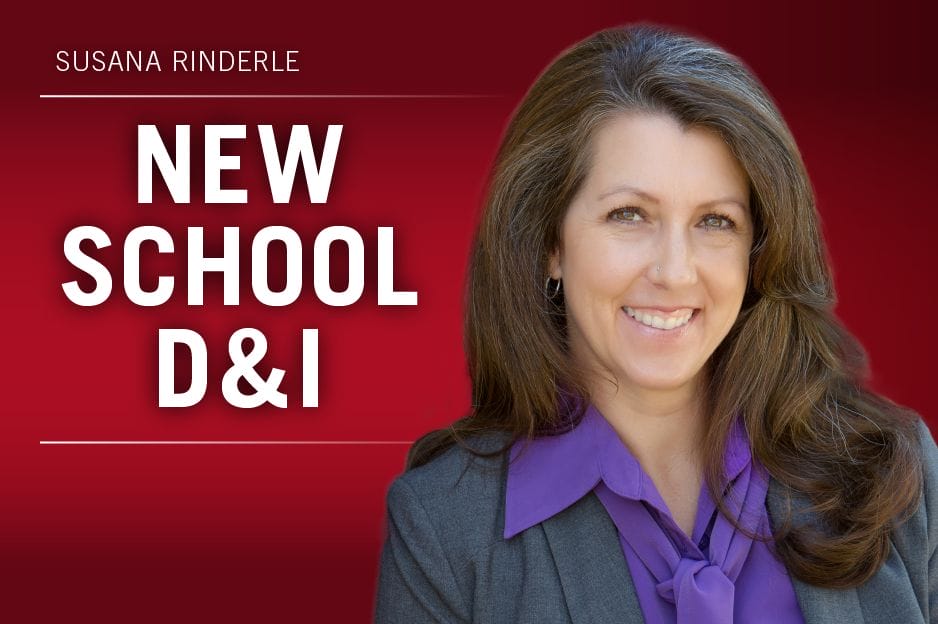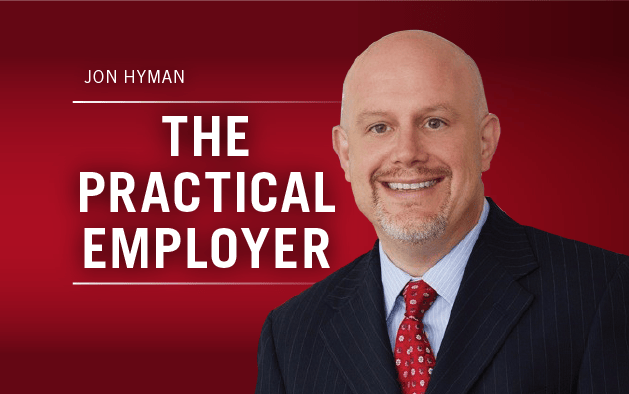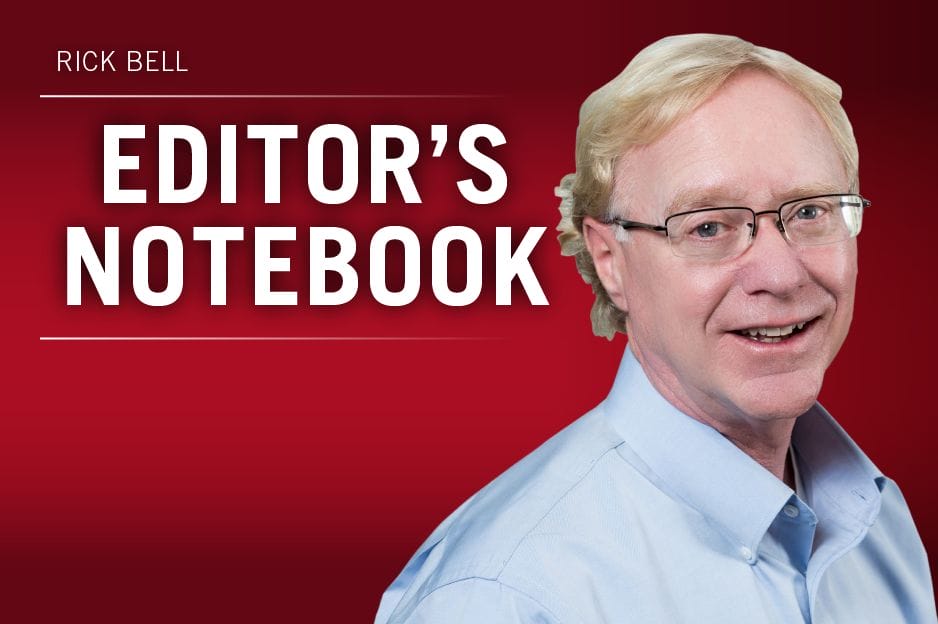For 20 years, I’ve been a diversity trainer and consultant — as an internal employee, subcontractor for other firms and president of my own company.
Aside from providing excellent value to my clients, my goal has been to improve the reputation of my field by raising the bar on what organizations expect from diversity and inclusion work and D&I professionals. One way I do this is to educate potential clients about what they should look for in a consultant, and how to engage with them. Here are eight things I tell them to expect from a highly competent consultant that will get results that matter.
They will want to do some intake. Probably lots of intake. A highly competent D&I consultant won’t simply do a training session if that’s what you ask for. That’s “old school” and very likely a waste of your time and money (see When Diversity Training Is a Waste of Time and Employers’ Money). No ethical, highly competent health professional would write a patient a prescription for a medication they request without first conducting a thorough patient history, ordering lab tests and making a diagnosis. It’s no different with D&I practitioners, and the good ones are experts just like your physician. The consultant will want to ask lots of thought-provoking questions, talk to key stakeholders, and perhaps review your existing data or documents. If there’s no contract in place yet, it’s OK to ask them to sign a non-disclosure agreement before handing over your confidential information, but be prepared to share information openly. If you don’t, you hinder the consultant’s ability to identify your root problem, assess fit with their style and expertise, and make appropriate recommendations. It also gets your partnership off to an untrusting, inequitable start.
They will help you define your goals and outcomes. Every organization begins with some sense of their problem and what they want. The competent D&I consultant will help you figure out what you need. They will work with you to define your concrete, mission-critical goals. Diversity is not an end, it’s a means to an end that’s already top of mind for your organization and its leaders. An excellent consultant will help you figure out how to get results that already matter. Be prepared to answer questions like: What is your No. 1 pressing problem as an organization right now? Your major pain points? What’s keeping your senior leaders up at night? How do you want to go from good to great? What specifically do you want people to do, think or feel differently after this project? How will you know this project was successful? Having top leaders and key decision makers involved in the intake process ensures you’ll get the most robust, accurate answers. An excellent D&I consultant will help you tie D&I work to those goals and pain points to yield a high return on your investment of time, talent and budget.
They will recommend a solution that meets your goals. Training is only a solution if lack of knowledge and skills are the problem. Most organizations that request training don’t need it. What they usually need is help improving leadership, holding staff accountable, revising policies and procedures or gathering baseline data. Training may be one aspect of addressing systems flaws or leadership deficits, but rarely produces meaningful results on its own.
They will help you assess impact. Ask your consultant how they plan to demonstrate results and ROI. A highly competent consultant won’t be surprised by the question – they’ll be impressed. They should have a good understanding of quantitative and qualitative evaluation methods, including the four Kirkpatrick levels, and how to apply them. Make sure in your contracting that goals, deliverables and evaluation of results is included. At a bare minimum, I provide all my clients with a written report of results (including quantitative and qualitative metrics), my recommendations and concrete next steps. For long engagements, have regular mid-point evaluations to assess project effectiveness and adjust your plan if needed.
They have expertise outside of D&I. The best D&I practitioners have a background in organization development as well as D&I. Many have first-hand leadership or industry experience, while others are skilled at designing and delivering training. Some are certified or credentialed coaches, while others hold certificates in specialty models, assessment tools, or communication techniques. Ensure that your consultant possesses a robust yet relevant skillset that will add depth and value to your work together.
They run an effective business. Whether the D&I professional is an external or internal consultant, expect them to be reliable and professional. They should communicate clearly, be reasonably available, respond to messages, keep their word, honor deadlines, and avoid starting work without a clear and thorough written contract. They will set boundaries to ensure you stay within your contract, and don’t get too much of their time and expertise for free. They will handle invoicing and financial transactions smoothly, use technology effectively, provide any tax or insurance documents you require, and address your concerns with a customer service-oriented attitude.
They leverage their expertise and push back gently. Don’t engage a D&I consultant unless you’re willing to partner with an expert who will use that expertise. Their role is to set you up for success by providing sound advice and analysis, and to see what you can’t. They will ask questions or push back if you make an inaccurate interpretation or ineffective decision. Expect them to listen well and answer all your questions, but to direct you if you need direction. Don’t be shy to ask the consultant for research or best practices to back up what they’re recommending, or to explain what informs their opinions.
They walk the talk. No one is perfect, but it’s reasonable to expect a highly competent, ethical D&I consultant to speak and act more skillfully and inclusively than most when interacting across differences. They should read and stay current in D&I developments, be in regular reflection about their own identities and impact on others, and do ongoing “personal work” to disrupt their ineffective biases and improve their emotional intelligence. The way they engage with you, your staff, and the public (i.e. on social media and blogs) should align with their espoused values and the general goals of D&I.
A highly competent, ethical D&I consultant, who is also an excellent fit for your organization’s culture and current needs, is a critical partner in your ongoing success. Don’t treat this role as anything less, and keep your expectations high – you’ll be glad you did!
My postings on Workforce.com represent my own personal views and do not necessarily reflect the opinion of Korn/Ferry International, Futurestep, or any other organization with which I may be affiliated.
















